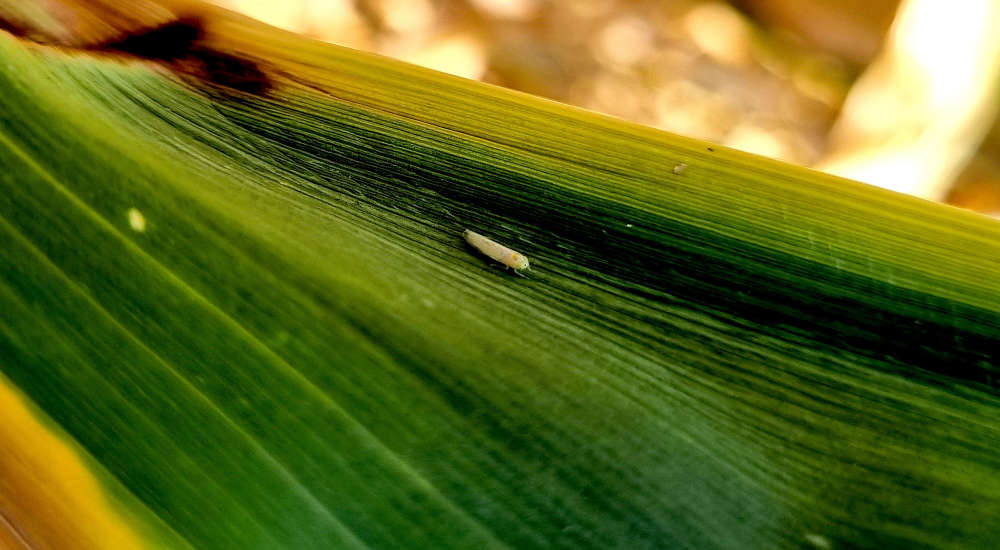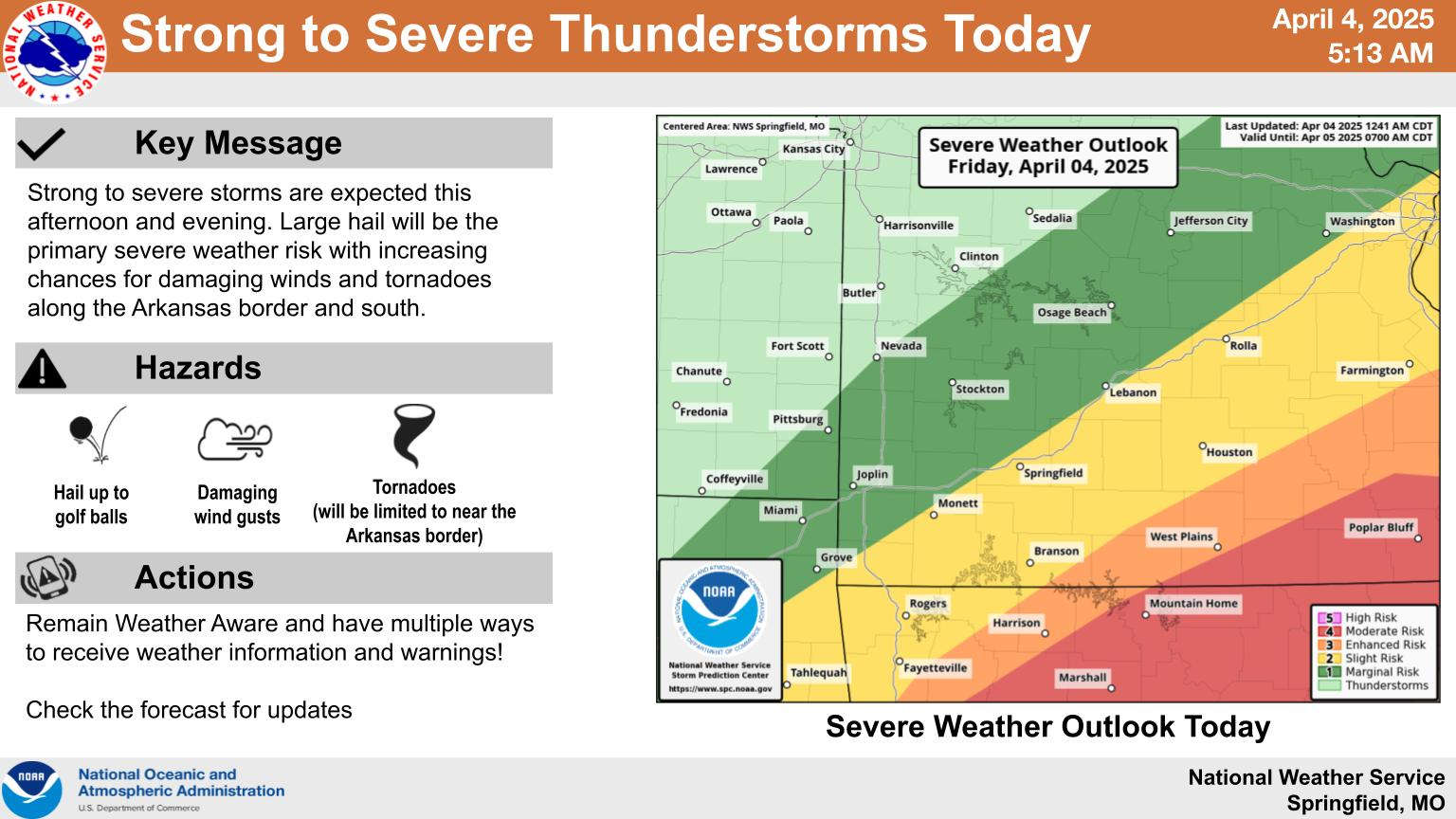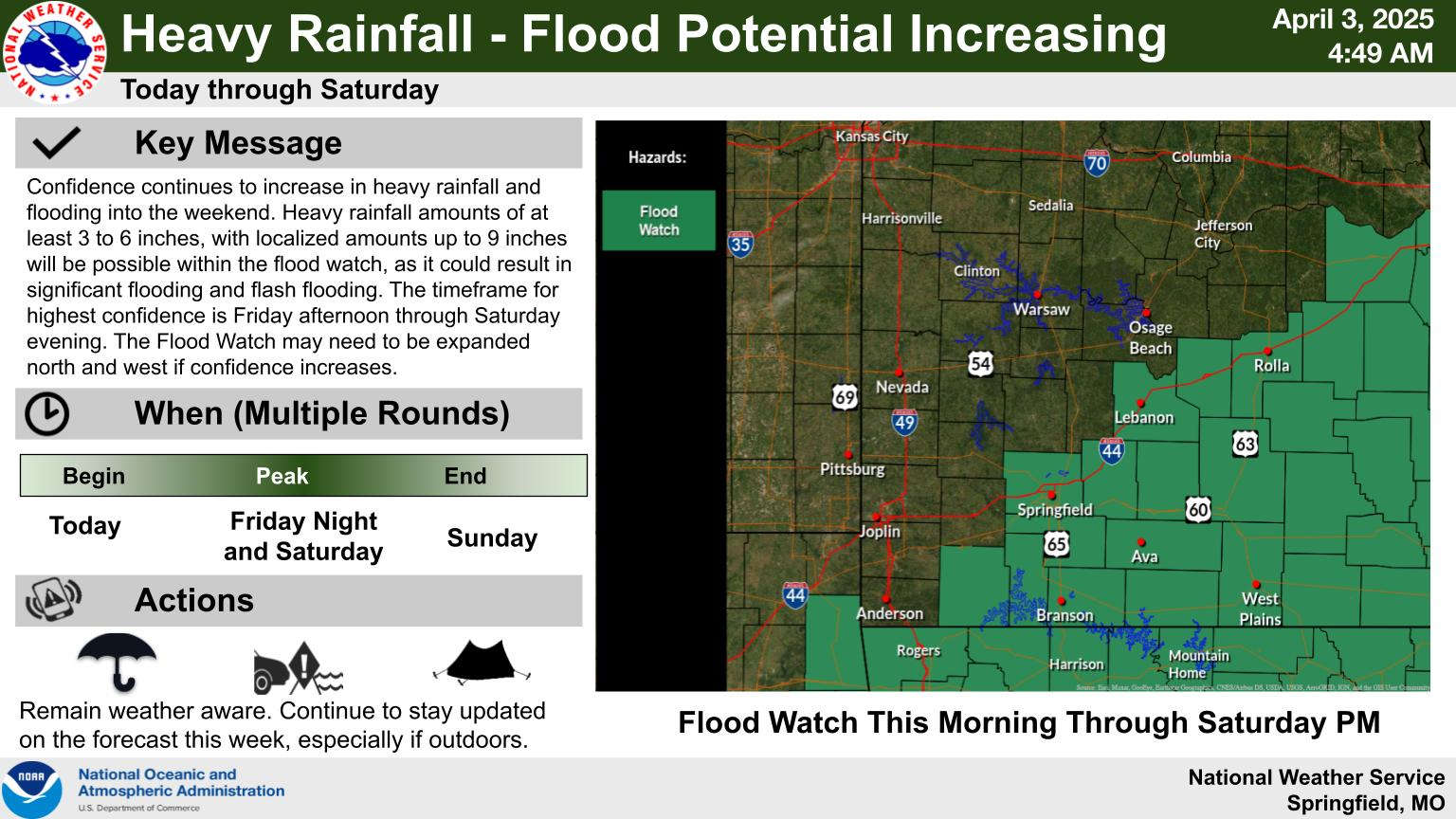
A disease transmitted by insects is impacting corn crops in southwest Missouri including one Lakes Area County.
The release below is from the University of Missouri Extension:
University of Missouri Extension specialists have confirmed the first case of corn stunt in Missouri. The disease, which is transmitted by an insect, was found in southwest Missouri.
Corn leafhopper is the insect capable of infecting corn with three pathogens that results in corn stunt disease. Corn stunt symptoms begin with yellowing or reddening of leaf tips, followed by growth of multiple small ears with loose or missing kernels, plant size reduction and deformed grain. Substantial yield losses can occur in affected areas.
"Corn stunt is not a common disease and not one that we anticipated in Missouri in 2024," says MU Extension plant pathologist Mandy Bish. Corn stunt substantially dropped yields in Argentina corn crops in 2024, she says.
MU Extension agronomist Tim Schnakenberg was recently alerted by farmers and agriculture professionals of symptoms resembling corn stunt in Christian, Stone, Lawrence and Barton counties in southwest Missouri.
Early symptoms–red and yellow discoloration of corn leaves and plants and premature drying from the top of the stalk down–were present.
"Corn leafhoppers were quite apparent in the field at the same time the leaf symptoms were observed. There is concern that many of the kernels from the affected plants may not make it into the combine grain tank due to low test weight," says Schnakenberg.
He and other agriculture professionals submitted field samples from that region to MU Extension Plant Diagnostic Clinic director Peng Tian who confirmed the disease using laboratory techniques such as polymerase chain reaction (PCR) and gene sequencing.
Infected plants may grow only to 5 feet–about half of their normal height. Leaves may appear shiny because the leafhoppers excrete honeydew as they feed. The honeydew can lead to black sooty mold, which impedes photosynthetic processes and negatively impacts plant health. The pathogens are not fungi; therefore, fungicides will not work, Bish says. Management will focus on the insect.
Corn leafhoppers are light tan or yellow in color and about 1/8 inch long, says MU Extension state entomologist Ivair Valmorbida. The characteristic that distinguishes them from other leafhoppers is two dark spots located between the eyes of adult insects. These dark spots are visible using 10X hand lens. The nymphs are green to tan in color and have no wings.
They move rapidly within and among corn fields and fly or jump away when disturbed. They can be found in shaded areas of corn, resting and feeding in the whorl of young plants and hidden on the underside of leaves.
Corn leafhoppers impact corn health and yield in two ways: 1) by feeding on leaves by sucking plant sap and 2) transmission of pathogens that cause corn stunt.
Corn leafhoppers reproduce only in corn and its relatives. Oklahoma State University reports that corn leafhopper has been associated with maize since its domestication around 9,000 years ago. Tian continues collaborating with Oklahoma State University entomologists who recently confirmed the state’s first case of corn leafhoppers this season as well.
Corn leafhoppers move northward by wind-aided movement from Mexico, where corn is in continuous production all year round. Adult corn leafhoppers are known to overwinter in grasses such as wheat, alfalfa, Johnson grass, sorghum, sugar cane, soybean, millet, and gamma grass but they reproduce only on corn.
It is commonly thought that these leafhoppers cannot survive Missouri winters. However, Valmorbida and Schnakenberg plan to continue monitoring for corn leafhopper in southwest Missouri throughout the winter.
Cultural control practices include early planting, crop rotation and control of volunteer plants that could serve as a place where the insect can overwinter.
There are other stresses that can cause corn to become yellow and red late in the season, Bish cautions. Look for additional signs such as presence of leafhoppers and the honeydew.
The University of Missouri Extension Plant Diagnostic Clinic diagnose suspect samples for a small fee. Ideally samples will include stalks and leaves.






 Local Pantry to Answer Questions about USDA Funding Cuts
Local Pantry to Answer Questions about USDA Funding Cuts
 Heavy Rain, Severe Weather Update
Heavy Rain, Severe Weather Update
 Schools Impacted By Storms
Schools Impacted By Storms
 Wednesday Storms, Thursday Rain
Wednesday Storms, Thursday Rain
 Eureka Springs Police Officers Save Lives in Fire
Eureka Springs Police Officers Save Lives in Fire